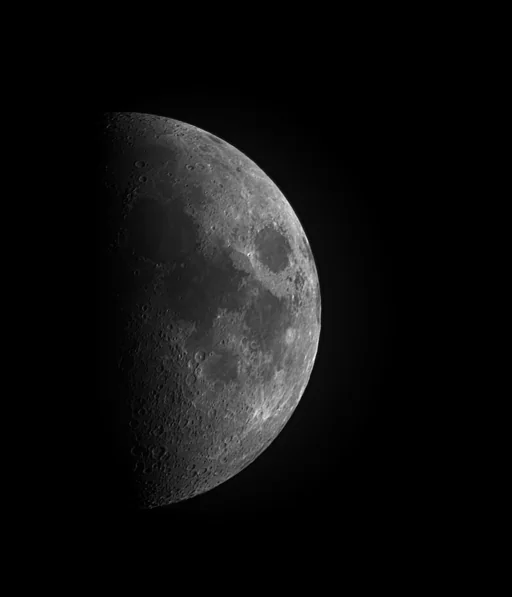Scientists Warn of Lunar Contraction Impacting Astronaut Safety
In a cosmic revelation, scientists shed light on the alarming consequences of the moon’s shrinking size and its potential ramifications for upcoming space missions.
The lunar surface, home to six successful human moon landings with more on the horizon, is facing unforeseen challenges as it undergoes a reduction in circumference. A recent study titled “Tectonics and Seismicity of the Lunar South Polar Region,” published by the American Astronomical Society in The Planetary Science Journal, unravels the mysteries behind the lunar shrinkage.
Embed from Getty ImagesThe study emphasizes the repercussions of the moon shrinking on its surface, particularly in the south polar region, where the effects are most pronounced. A moonquake, rivaling the potency of terrestrial earthquakes but with significantly longer durations, has left the region’s surface significantly creased. This seismic event, recorded over 50 years ago, has paved the way for potential landslides and hazards for future lunar exploration.
Professor Nicholas Schmerr from the University of Maryland explains, “You can think of the moon’s surface as being dry, grounded gravel and dust. Over billions of years, the surface has been hit by asteroids and comets, with the resulting angular fragments constantly getting ejected from the impacts. Loose sediments make it very possible for shaking and landslides to occur.”
The study’s modeling efforts pinpoint vulnerable areas on the moon, prone to moonquakes and subsequent landslides. Thomas R. Watter, lead author and senior scientist emeritus in the National Air and Space Museum’s Center for Earth and Planetary Studies, warns that these events could pose significant challenges for astronauts attempting to land or stay on the moon.
NASA’s Artemis III mission, set to land on the south polar region, raises concerns about the safety of astronauts in light of potential moonquake-related hazards. Watter emphasizes, “The global distribution of young thrust faults, their potential to be active, and the potential to form new thrust faults from ongoing global contraction should be considered when planning the location and stability of permanent outposts on the moon.”
With the Artemis mission on the horizon, Schmerr stresses the importance of preparations to ensure the safety of astronauts and infrastructure on the lunar surface. As humanity approaches the next chapter of lunar exploration, the study serves as a crucial guide in engineering structures resilient to lunar seismic activity and safeguarding against perilous lunar zones.
